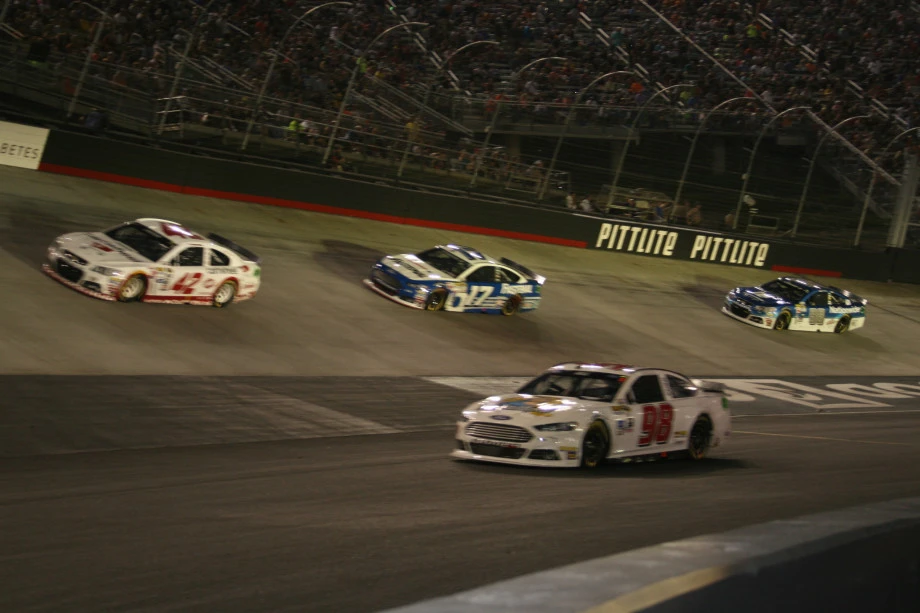Each May and October, the top-tier Monster Energy Cup series makes its descent on Charlotte Motor Speedway. The squealing tires, the ear-piercing sound of air guns and teams decked out in fire suits are part of the flashy display that makes thousands of fans flock to the track to watch racing. Yet despite the ceremony and ostentation, each element is also part of a carefully choreographed strategy to win races, and more importantly, championships. For drivers, pit crew and teams, NASCAR races are their jobs and their livelihoods, and they take their work just as seriously as anyone else.
Here are eight things about NASCAR that might surprise you.
- In the early days of NASCAR, race shop employees also pitted cars on the weekend. Hendrick Motorsports was one of the first teams to have subspecialized pit crews, and over the years, pit stop times have decreased from 20+ seconds to 15 or less. The improvement was due to technology and specialization of roles.
- Pit crew members are often recruited by teams. NASCAR teams in modern day who require performance-based pit crews have tryouts and combines similar to the NFL, and often hire ex-college and professional athletes. (More: Oh you don’t think NASCAR is a sport? The man who treats race-related injuries begs to differ.)
- Injuries happen, and not just to drivers. Orthopedic injuries in NASCAR are prevalent among pit crew too, can be chronic or acute, vary between positions and can be linked to the demands of each role. (More: Anatomy of a NASCAR pit crew, AAPA.org)
- Travel can hurt, too. With races at tracks across the country nearly every weekend in a season that runs from February to November, drivers, crew and teams spend long hours in the air and in cars. Hours of sitting and even jet lag can wear on their bodies.
- There are high rates of epicondylitis in NASCAR pit crews. There has been a sharp increase in upper extremity injuries overall in pit crew members as well as hip injuries in tire changers.
- Weather and temperatures play a huge role in safety and strategy. Temperatures inside the car can reach 150 degrees and drivers can lose up to 12 pounds of water weight in a single race. Pit crews often go through special training to learn how to work in soaring temperatures.
- If surgery is needed, many choose to have it in the three months of the NASCAR off-season. During the 2017-2018 NASCAR offseason, the OrthoCarolina Motorsports program oversaw 78 total surgical procedures on 75 individuals
- The Motorsports Injury Database tracks injuries specific to pit crews and mechanics. The database, which initially began as an upper extremity-only database developed by OrthoCarolina Chief Hand Surgeon Dr. Glenn Gaston, has now been expanded to include all injuries among pit crew.

Back




Leave a Comment